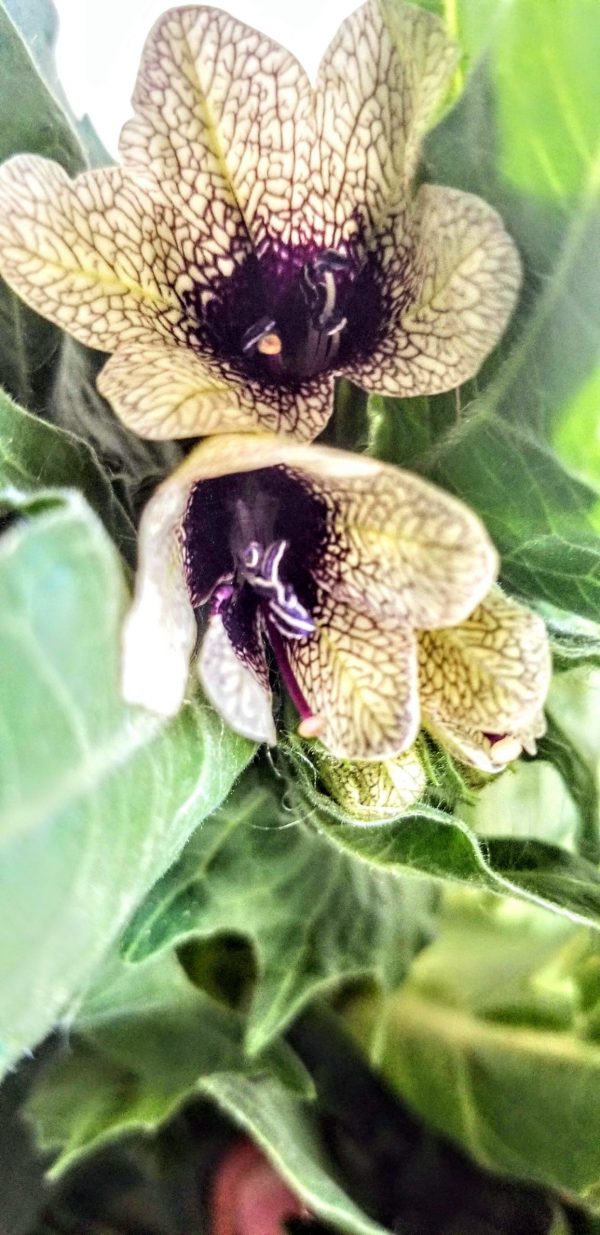We know that gardening in the mountains can indeed, be a challenge. My BEST solution is Fermented Food for the High Mountain Homestead. With the potential of harsh springs, which sometimes lead to snow at the summer solstice, winds and varying temperatures. Spring marks the beginning of weather watching, and aerobics of row cover outside as well as in. Then, even Fall can set in early with sleet, and freezing temperatures that our high Summer crops simply cannot tolerate. Planning on the High Mountain Homestead becomes a difficult task.
Leaving our luck to Creator and the forces of Mother nature can be interesting and exciting. (if we choose to look at it this way!) Playing with mother nature in the garden is one of the most rewarding challenges of this life! Fall is here in the Basin, it is my favorite time of year! Digesting what is left in the garden and creating in the kitchen with fermented and storage foods! Fermented Food for the High Mountain Homestead is my favorite trick of the trade…

When it is cut short, or doesn’t seem to come early enough, our growing season can be tumultuous. Never-the-less we continue, gardening is a great joy that disagreements with mother nature cannot stop. It pulses through our veins all winter long, the urge to grow plants. Then, once the temperatures seem to mellow out, and the ground is workable… Plant starts are growing in our green houses, and seeds are going in the ground. The wild little perennials are coming up through the snow. And just like that… it’s GROW time!
Generous Green Tomatoes THE Fermented Food in the High Mountain Homestead
Here in the high country gardens, we are always striving to do our best. Hoop houses and garden row coverings make an amazing difference. Applied in Spring and fall alike, we gain more with the labor that is involved. Though, no matter our efforts, some plants just can’t come to full fruition.
Tomatoes are one of those that can be a struggle, especially at our house, with Calving Season going into March. This doesn’t always allow me to get starts of tomatoes, peppers and squash the jump start that they truly need.
We can get a good crop from these high summer garden favorites, but usually, stragglers are left behind each season. Fermented Food in the High Mountain Homestead is KEY to sustainability in all areas. Stubbornly clutching to their immature green color, and firm, tart fruit. Composting them has become a standard of Rocky Mountain bins, but this doesn’t have to be their fate!

Fermented food for the High Mountain Homestead
When you amount to the boxes of greenies at the end of the season, fried green tomatoes can only go so far. You try to eat them and enjoy their goodness as you did those fully ripe beauties of the summer, but it just isn’t the same.
Their fate is your compost, or the chicken coop. From the soil they are grown and back in to the ground they go. As I did this year after year, I started to get bummed out that this was my only solution to using these hard-labored garden goodies, as fertilizer in the compost. Sitting down for wintertime research one year, I was relishing in my favorite fermenting book, and found a recipe hidden in a single paragraph.
Tursija. I was thrilled to say the least and made it my mission to not have to compost another batch of green tomatoes again!
It Comes From Far Away
Originally from Serbia, this delicious fermented food and has run through the other high elevation eastern European countries. My pronunciation was corrected by a good friend who grew up with this recipe. He was so happy to hear of it being made in Wyoming, but had to be sure I was properly touting its name.

I was grateful to be enlightened. And since have shared the recipe with him so he can bring his grandmother’s tradition to his American Family Kitchen. I love it not only for it’s bringing a more sustainable force to my garden, but for what it does for the body all winter long.
Cold Storage for the High Mountain Homestead
It keeps well in cold storage, which is amazing, as we don’t have to water bath these fermented foods. Tursjia is packed with enlivening veggies to bring this tart, delicious relish to life. Our winter time guts are always thankful for its presence in many dishes that I love to make.
I’ve added it to stews and it is a nice touch. However, what I really love about it is the crunchy pickle like texture when it is enjoyed fresh from the jar. From rice dishes, to taco Tuesdays, or just to munch on when a snack is needed, Tursjia is our go to fermented food! It even goes on top of most any salad, or meat dish you could think of!

It is fermented so the benefits of fermented food are present as well. Bioavailable nutrients, minerals, vitamins and our beloved probiotics. This spectrum of goodness feeds your gut, and science is telling us our minds too. How nice to give your brain a boost in the winter time with good bacterium and a taste of the summer that is just behind you.
Fermenting Foods at the High Mountain Homestead
If you are familiar with fermenting foods, you will adore Tursija as it is easy to pound into a juice, and more easily fermented because of the acidic nature of Tomatoes. The recipe is also ferment familiar, and of course, add what you would like when experimenting with complementary flavors. I am so excited to get you into this delicious Fermented Food in the High Mountain Homestead!
I love this recipe and hope you will enjoy getting your garden grown goodies to stretch even further than before, this age-old tradition of the high mountains, and another addition to the cold storage of your cellar.
Tursija – Green Tomatoes at their Finest

Get the Printable Recipe HERE
You can layer the veggies in Wide Mouth Jars as well. Either water crocks or jars, you will love to hear your bubbles fermenting in the kitchen over the next month.
The Fun Begins with Smashing!
Take your pounder and get to juicing those greenies! Smash them in your vessel until the mixture can be pushed below the juices of your veggies. I like to see at least an inch of liquid above the veggies before putting the weights on top of the food.
Keeping the veggies submerged is key to the ferment not producing mold or yeast.

If you need, you can put a weight on top of the mixture in your crock, or jars. Tightly lid the jars and leave either the jars or your crock in its cool spot for a week to two if you like it ‘young’. Tend to let my fermented foods go for at least a month.
Check it daily making sure the veggies are still submerged in the juices. If you need to press the weights down on top of them to keep them submerged do so.
When To Taste
Start tasting your Tursija after the first week until it has reached the correct fermented taste for your palate. When you have reached this level of goodness, remove weights from your jars and put them into cold storage, or jar the mixture in your crock and do the same.
I have had batches last many months in the fridge or cellar.
Enjoy them often and share with friends and family!

